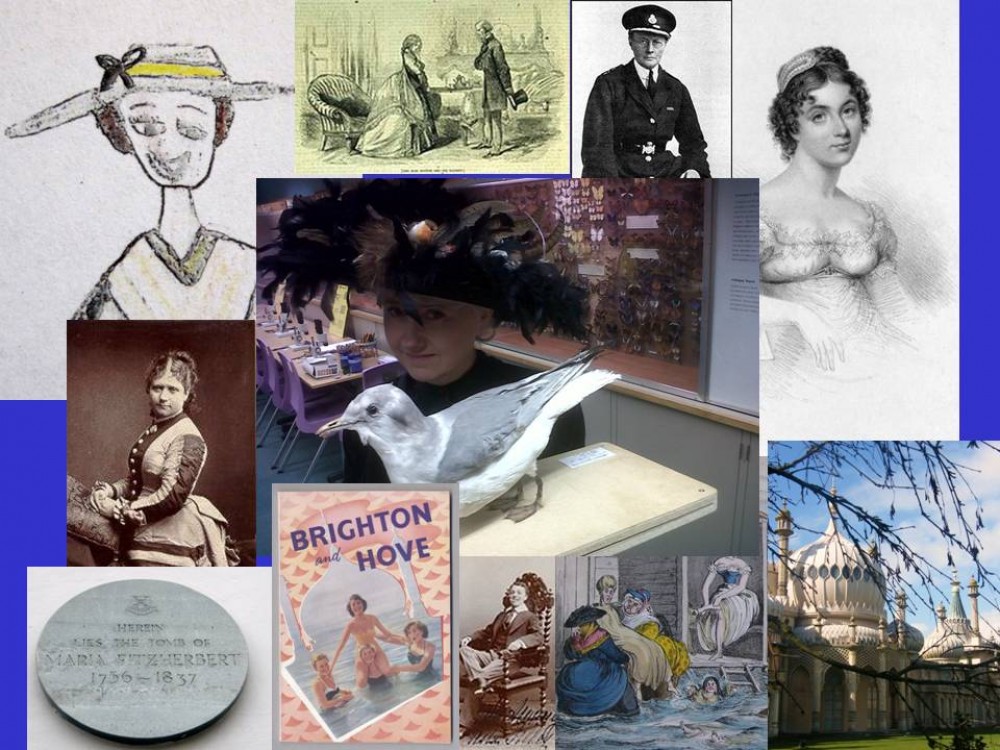This not particularly noteworthy shop front at the bottom of Islingword Road in Brighton’s Elm Grove area belies its incredible origins. In 1899 the modest building was one of the most pioneering medical centres of its time and a real life-saver for local women. The all women-staffed ‘Lewes Road Hospital and Dispensary for Women and Children’, as it was called, was started, according to its 1905 annual report, ‘to afford to poor women of Brighton… the opportunity of free consultation with Doctors of their own sex.’ In these pre-NHS days, access to healthcare was costly. Charitably financed ‘dispensaries’ filled the gap by offering cheap treatment to society’s poorest. But with its focus on women and its all-female staff, this one was radical indeed. An act allowing women to qualify as doctors had only been passed in 1876. Female doctors were few and far between. In the modesty-ridden Victorian days of keeping your legs covered and your head down, many women let symptoms go unchecked and illnesses untreated rather than be examined by a male doctor. Queen Victoria famously did not like to be attended by her personal physician with a stethoscope. The Dispensary managed to unite some of Britain’s most pioneering female doctors. Its co-founder was Dr Helen Boyle, who, arriving in Brighton after working in London’s east-end, was particularly interested in the role played by poverty in women’s mental health. At first hand she’d seen how nervous exhaustion and depression were exacerbated by insanitary conditions and financial hardship. She described the lot of the woman living in working-class areas such as Hanover/Elm Grove as being ‘neglected and maltreated until … they were turned into the finished product – lunatics.’ Only a stone’s throw from the Dispensary, at the top of Elm Grove, was Brighton Workhouse – now Brighton General Hospital – with its austere asylum block looming over the town. Dr Boyle’s aim was to step in before the female patient ended up there, leaving yet another household in ruins and children deprived of their mother. Below is a picture showing Victorian women in a London workhouse.
The Dispensary was so successful, space was found in 1905 for in-patients at a premises in Roundhill Crescent. This lead, in 1920, to further premises in New Church Road, the eventual Lady Chichester Hospital for Women and Children with Nervous Diseases. This is now the Aldrington Day Hospital where a few weeks ago Dr Boyle’s achievements were recognised by the erection of a blue plaque.
Dr Boyle (above) went on to become the Royal Sussex Hospital’s first female psychiatrist and co-founder of mental health charity, MIND. The Dispensary’s co-founder was Dr Mabel Jones, who’d opened a GP’s practice in Hove with Dr Boyle in 1898. Brighton-based GP, Dr Louisa Martindale (below), amongst whose many other achievements included pioneering the use of X-rays in cancer treatment – was a visiting medical officer.
Vice-president was none other than Dr Elizabeth Garrett-Anderson (below), the first woman to qualify as a surgeon in Britain and founder in 1872 of London’s New Hospital for Women, now named after her.
Today most of us don’t give a thought to whether the doctor we see is male or female. But, for women, the struggle to enter the medical profession was hard-fought. The Lewes Road Dispensary with its help for poor local women proved the huge contribution that women could make.
* ‘Women’s Hospitals of Brighton and Hove’ by Val Brown, published by Hastings Press, goes into the numerous women’s hospitals in the city in more detail and is a great read.
This is a slightly altered version of an article I wrote for the Brighton and Hove Independent newspaper, published 30 Oct 2015.





